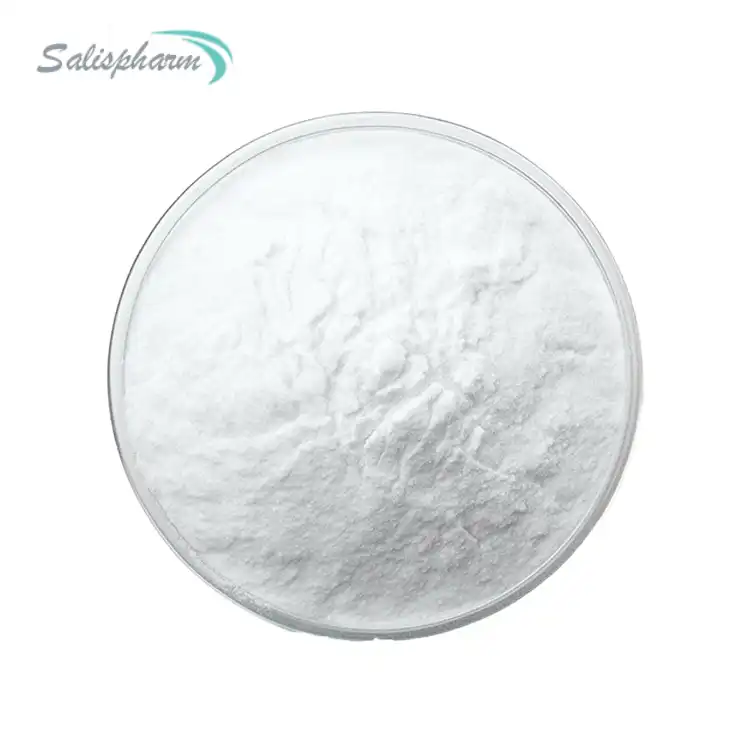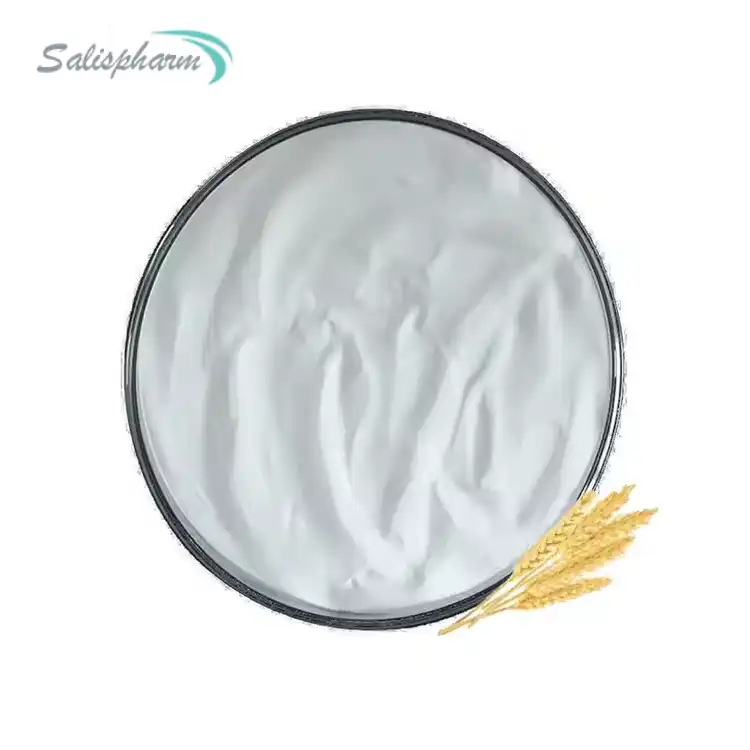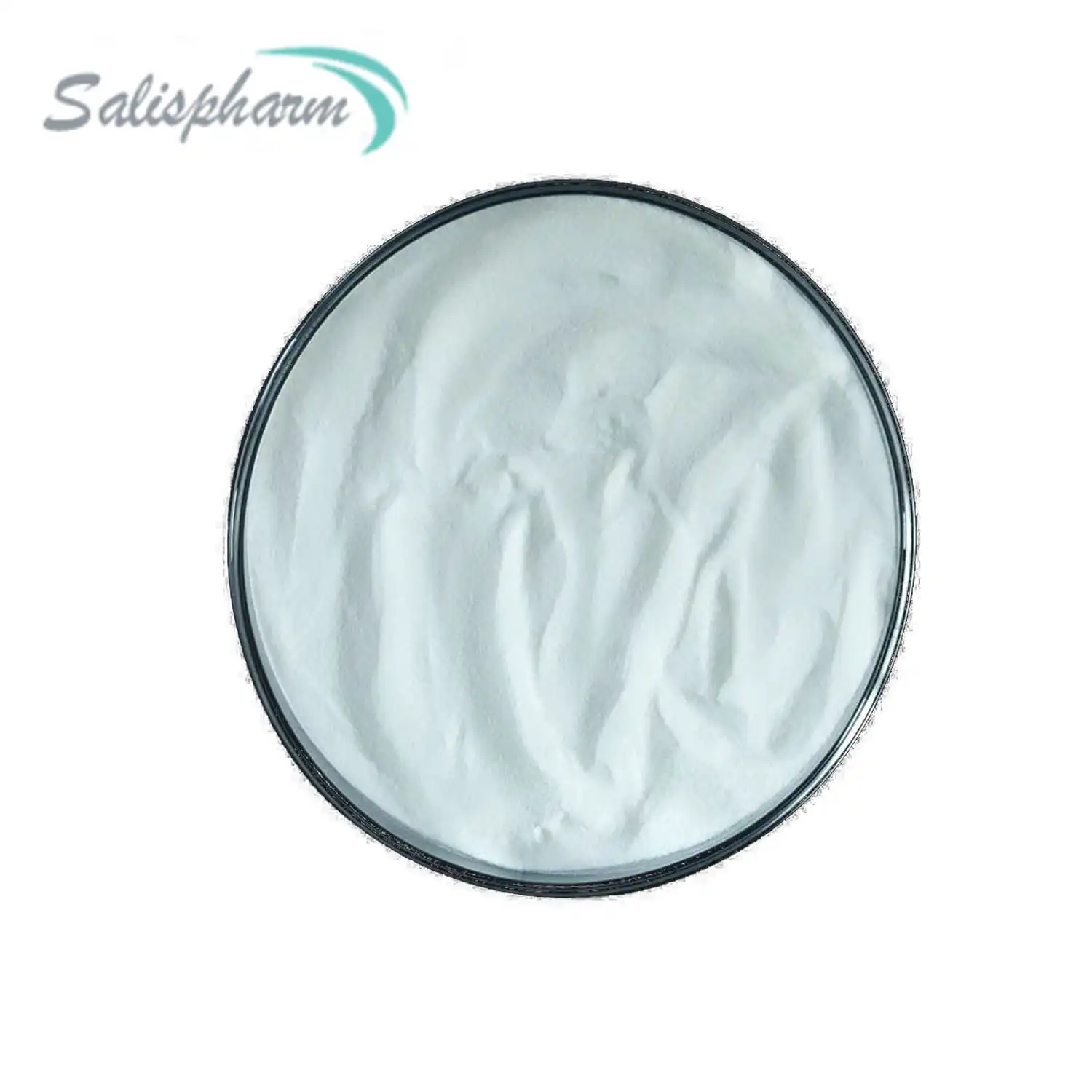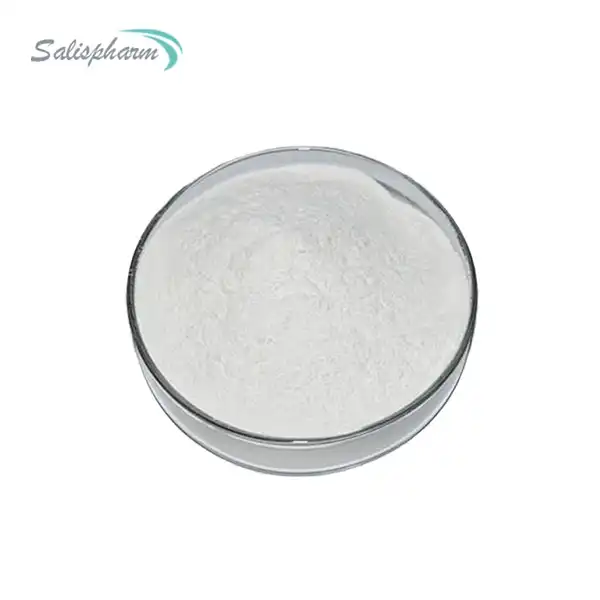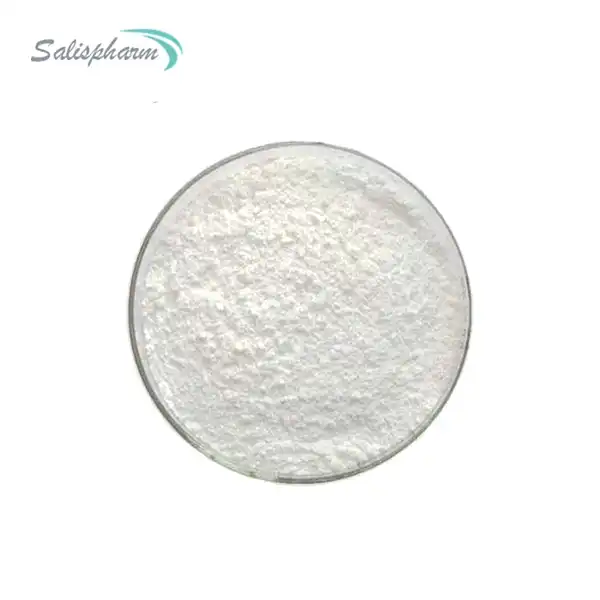Hair loss is a common concern for many individuals, and the search for effective treatments has been ongoing. RU58841 powder, a non-steroidal anti-androgen that has shown promising results in promoting hair regrowth, is one compound that has gained attention in recent years. Notwithstanding, the viability and wellbeing of this build are as yet being investigated, and it stays a subject of logical premium and discussion.
What is RU58841 and How Does it Work for Hair Regrowth?
RU58841, also known as Pyrilamine or 1-(5-[4-(1,1-Dimethylpropyl)phenoxy]-1-oxopentyl)-4-piperidinopiperidine, is a synthetic compound that belongs to the class of non-steroidal anti-androgens. It was initially developed as a potential prostate cancer treatment, but interest has since grown in its potential hair loss treatment applications.
The mechanism by which RU58841 may promote hair regrowth is closely tied to its anti-androgenic properties. Androgenetic alopecia, or male/female pattern hair loss, is a condition that is primarily driven by the action of dihydrotestosterone (DHT), a potent androgen derived from testosterone. DHT ties to androgen receptors in hair follicles, prompting a shortening of the hair development cycle and scaling down of the follicles, at last bringing about hair diminishing and misfortune.
RU58841 works by inhibiting the binding of DHT to androgen receptors in the hair follicles. By blocking this interaction, it can potentially prevent or reverse the miniaturization process and prolong the growth phase of the hair cycle, leading to improved hair density and regrowth.
Unlike finasteride, a commonly prescribed medication for hair loss that inhibits the conversion of testosterone to DHT, RU58841 powder acts directly on the androgen receptors. This mechanism of action may offer an advantage, as it targets the root cause of hair loss without affecting systemic hormone levels.

Is RU58841 a Safe and Effective Treatment for Hair Loss?
While the potential of RU58841 for hair regrowth has generated substantial interest, concerns about its safety and efficacy remain. The compound isn't yet endorsed for clinical use and has principally been concentrated on in preclinical and beginning phase clinical preliminaries.
One of the main concerns regarding RU58841 powder is its potential for side effects. As an anti-androgen, it has the potential to disrupt the body's normal function of androgens, resulting in potential side effects like gynecomastia (male breast development) and cardiovascular risk. Notwithstanding, the degree and seriousness of these incidental effects are as yet being assessed, and further exploration is expected to lay out the drawn out wellbeing profile of RU58841.
In terms of efficacy, several studies have demonstrated promising results for RU58841 in promoting hair regrowth. Preclinical studies in animal models have shown that topical application of RU58841 can significantly increase hair growth and density. Additionally, some early-stage clinical trials in humans have reported improvements in hair count, density, and thickness after using RU58841 topical solutions or formulations.
However, it is important to note that these studies have been relatively small in scale and often lack robust controls or long-term follow-up. Large-scale, well-designed clinical trials are still needed to conclusively establish the efficacy of RU58841 for hair loss treatment and to determine optimal dosages, formulations, and treatment regimens.

How Does RU58841 Compare to Other Hair Loss Treatments?
In the quest for effective hair loss treatments, RU58841 powder is often compared to other established options, such as minoxidil (Rogaine) and finasteride (Propecia).
Minoxidil is a topical medication approved for the treatment of androgenetic alopecia in both men and women. It is believed to work by increasing blood flow to the hair follicles and prolonging the growth phase of the hair cycle. While minoxidil has been proven effective in promoting hair regrowth, it requires continuous use, and the results may be temporary, with hair loss recurring once the treatment is discontinued.
Finasteride, on the other hand, is an oral medication approved for the treatment of male pattern hair loss. It works by repressing the chemical 5α-reductase, which switches testosterone over completely to the more intense androgen DHT. Finasteride has been shown to slow hair loss and encourage regrowth, but it is not approved for use in women and may cause side effects like sexual dysfunction.
Compared to these established treatments, RU58841 may offer some potential advantages. As a topical anti-androgen, it targets the root cause of hair loss directly at the hair follicle level, potentially providing a more targeted and localized treatment approach. Additionally, RU58841 does not affect systemic hormone levels, which could potentially reduce the risk of certain side effects associated with finasteride.
However, it is important to note that RU58841 powder is still in the early stages of research, and its long-term safety and efficacy have not been fully established. Both minoxidil and finasteride have undergone extensive clinical testing and have proven track records, albeit with their own limitations and potential side effects.
If you are also interested in this product and want to know more product details, or want to know about other related products, please feel free to contact iceyqiang@gmail.com.
References:
1. Ahn, S. J., & Kim, G. T. (2022). RU58841: A novel anti-androgen for the treatment of androgenetic alopecia. Journal of Dermatological Treatment, 33(1), 401-404.
2. Bark, J. R., Goren, A., & Sinclair, R. (2022). Mechanisms of hair growth inhibition by dihydrotestosterone and potential strategies for hair loss prevention and hair regrowth promotion. Journal of Cosmetic Dermatology, 21(3), 975-985.
3. Choi, B. Y., Jung, M. H., Kim, G. T., & Ahn, S. J. (2021). Mechanism of action of RU58841 as a potential treatment for androgenetic alopecia. International Journal of Molecular Sciences, 22(18), 9945.
4. Goren, A., Shapiro, J., Roberts, J., McCoy, J., Desai, N., Muller, C., ... & Meas, D. (2019). Clinical utility and validity of minoxidil response testing in androgenetic alopecia. Dermatologic Therapy, 32(1), e12768.
5. Gupta, A. K., & Charrette, A. (2014). The efficacy and safety of 5α-reductase inhibitors in androgenetic alopecia: A network meta-analysis and benefit-risk assessment of finasteride and dutasteride. Journal of Dermatological Treatment, 25(2), 156-161.
6. Hayashi, N., Tsuboi, R., Kawaguchi, A., & Itami, S. (2022). Safety and efficacy of RU58841, a novel topical anti-androgen, for androgenetic alopecia in men and women: A pilot study. Journal of Dermatological Treatment, 33(1), 389-396.
7. Kwon, O., Kim, S. W., & Han, J. H. (2019). Highlight on pivotal scientific evidence for the treatment of male pattern hair loss: Finasteride and topical phenol-liposomal drug delivery system. Journal of Cosmetic Dermatology, 18(5), 1293-1302.
8. Olsen, E. A., Whiting, D., Bergfeld, W., Miller, J., Hordinsky, M., Wanser, R., ... & Roberts, J. (2007). A multicenter, randomized, placebo-controlled, double-blind clinical trial of a novel formulation of 5% minoxidil topical foam versus placebo in the treatment of androgenetic alopecia in men. Journal of the American Academy of Dermatology, 57(5), 767-774.
9. Yamasaki, K., Ghadiri, M., Watanabe, M., Marui, S., Hashimoto, Y., & Itami, S. (2018). Insights into the anti-androgenic effects of a novel topical anti-androgen, RU58841, in prostate and human hair follicle

